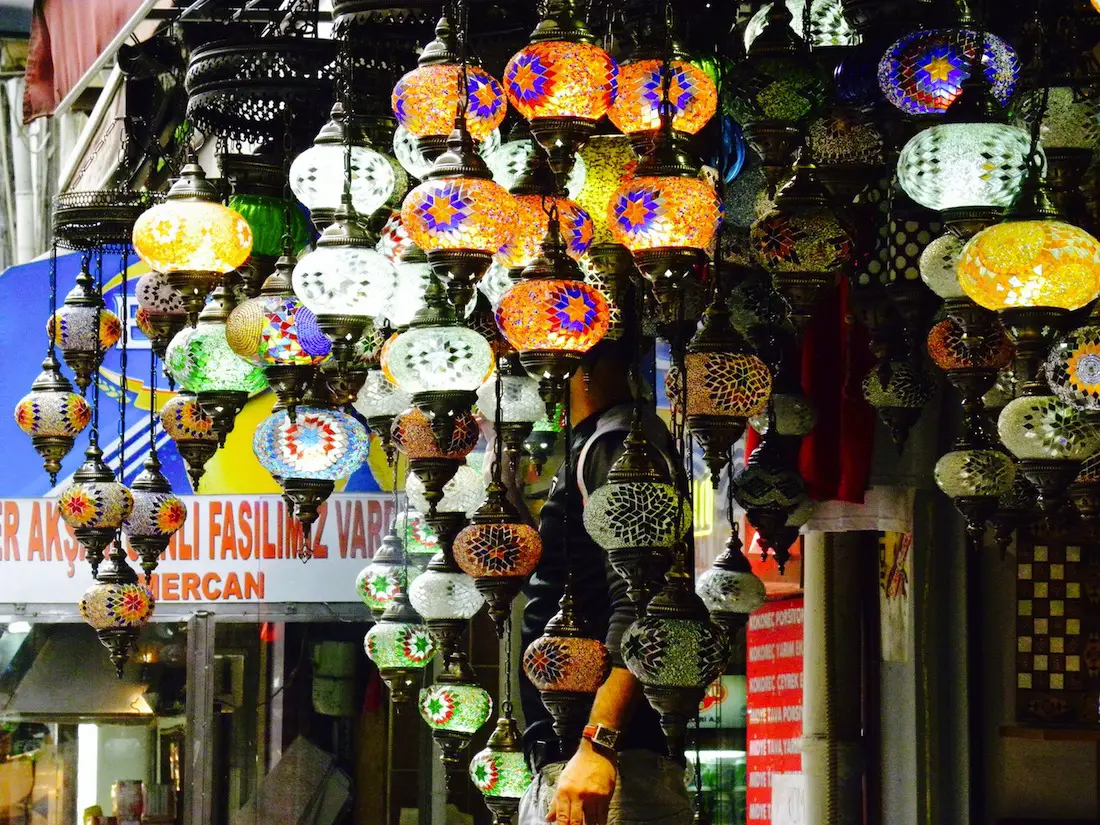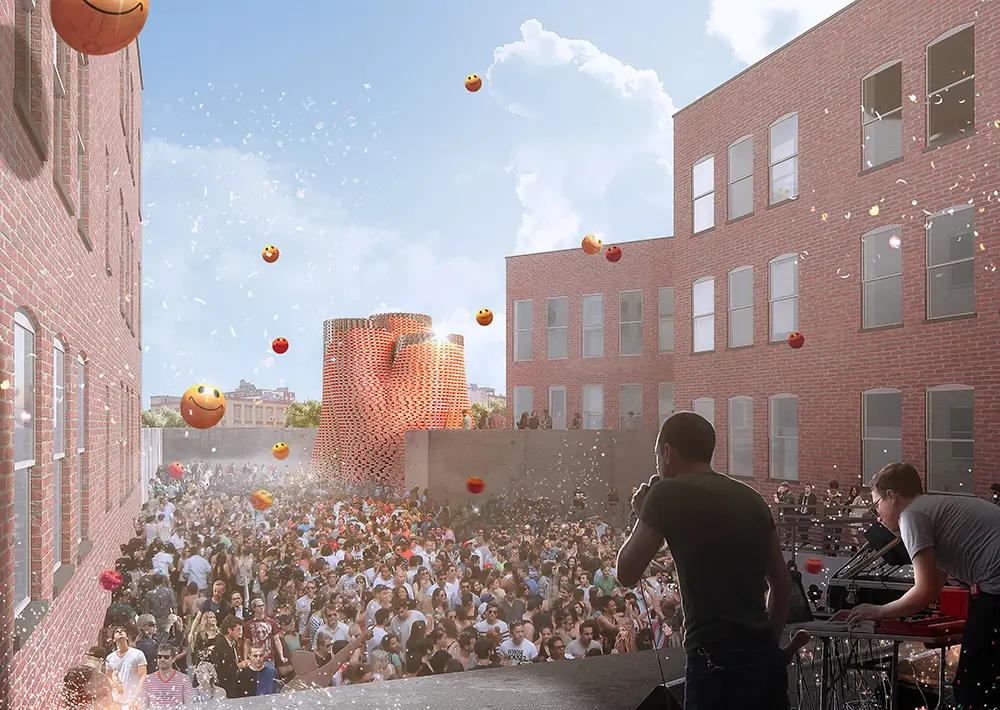The National Park Project Aiming to Change the Landscape of St. Louis
Take one of the most iconic modern monuments of America, analyze the original design by a world-famous architect, identify all the site issues, coordinate with multiple national, state, and local agencies, and have it completed by 2015. During a lecture given at Kansas City Design Week earlier in the year, Gullivar Shepard of Michael Van Valkenburgh Associates (MVVA) called the St. Louis Arch Ground project, known as CityArchRiver 2015, one of the most challenging projects he has been involved in.
One of five urban parks in the United States, the St. Louis Arch was originally designed by Eero Saarinen as a gateway to commemorate the Louis and Clark Expedition, the first expedition that explored the American west. Forty-five years after the Arch’s completion a public-private partnership between the City of St. Louis, the National Park System, and many other groups on both sides of the Mississippi River held an international competition for a new vision for the site. The competition drew visions from world-renowned firms like Bjarke Ingels Group, SOM, and Behnisch Architekten of what the future of the park could be. MVVA won the competition in 2010 and has been continually working on tackling the immense challenges of the site and the program.
The National Park System has been experiencing declining visitorship in the past years and St. Louis was eager to create a better urban environment for those who live in the Midwestern city. There were also the vast number of federal, state, environmental, and local bureaucracies and limitations the design team would have to coordinate with to ensure the design moved through the proper channels. The new proposal and collaboration would serve as an example for changing the paradigm of what national parks could be.
One key theme that the design team focused on was how national parks could integrate with a city and the people who visited them. When the National Park System was first established, the central focus was on the education of important historical events and great lengths were taken to preserve the historical character of the sites. This paradigm made the parks into destinations for tourists but alien to public use by the city. Drawing on past project experience, MVVA found that parks need to adopt a new paradigm of cultural experience by creating places which connected back to the everyday civic life of leisure, business, and culture in a city. The themes of experience and place guided the design team to focus on three major components that would make the St. Louis Arch an integral part of the city.
The first component of the design was to create a strong connection back to the city. The St. Louis Arch is cut off from the city by the I-70 highway and made crossing the streets from downtown difficult. Drawing on Eero Saarinen’s original design for the site, MVVA proposed creating an expansive pedestrian bridge over I-70 that connected the historical St. Louis courthouse to the new entry plaza of the museum.

The team also crafted the experience of the bridge so that the sight and noise from the highway was minimized through a series of sound abatement structures and landscaping. Since the structures would have to be managed by the Missouri Department of Transportation, the design team looked at utilitarian materials such as bar grating in innovative ways to create new pedestrian experiences for traveling towards the Arch.


Working with the City of St. Louis, the St. Louis Development Corporation, the CVC and the partnership agreements established by the CityArchRiver Foundation, a parking strategy was created that took underutilized parking lots dotted throughout the downtown would be used to accommodate the park visitor. This gave both the visitor a chance to experience the downtown of St. Louis and allowed MVVA to make critical interventions back on the site itself.
With the issue of parking resolved, MVVA proposed to tear down the National Park System’s most profitable parking garage at the which in turn had a positive feedback loop to the site. This teardown allowed MVVA not only to connect to the North Gateway and existing light rail line, but provided what Gullivar called “play along the way” areas. As traditional playground equipment is strictly forbidden by the National Park System, MVVA instead designed natural play areas. These areas have been incredibly successful in dense urban areas in past projects done by MVVA as they allow children to explore nature and creates a hub for activities and programmed events. The infrastructural changes to the site allow MVVA to capitalize on more moments like these by providing new connections to the site, establishing new or improved vantage points back to the Arch, and creating an integrated bike trail system that connected to the larger waterfront of the region.
The waterfront was the final piece in both integrating the Arch back to the city and become an economic driver. Many activities that used to take place on the riverfront were discontinued due to minor flooding events of the Mississippi River. MVVA found if they could raise the road that bordered the river by two feet (61 cm) it would reduce minor flooding events by 60% and give stability to venues. MVVA then turned to crafting a series of activities that could take place along the riverfront. By building upon the area’s industrial past, the design team proposed a mix-used philosophy to the park activities along the riverfront. Instead of monoculture zones of nature, history, and activity, MVVA proposed radical juxtapositions such as having extreme sports like skateboarding in post-industrial areas to serve as a local hub and entertain visitors.

Gullivar ended his presentation by discussing the incredible journey the project had taken over the last five years and how the mayor of St. Louis called the landscape one of the most important economic development projects for the City of St. Louis. With many of the infrastructural changes scheduled to be completed by the end of 2014, it will not be long until both visitors and city dwellers will be able to experience the new park. On October 28th, 2015, fifty years to the day the keystone has placed on the St. Louis Arch, the new park will be open to the public.

Kyle Rogler is an architecture graduate working at BNIM Architects. He writes and collects articles about architecture, urban design, and open-source on his blog Studio630.
Top image and park representations: CityArchRiver.org. Site plans and bridge sections: MVVA


